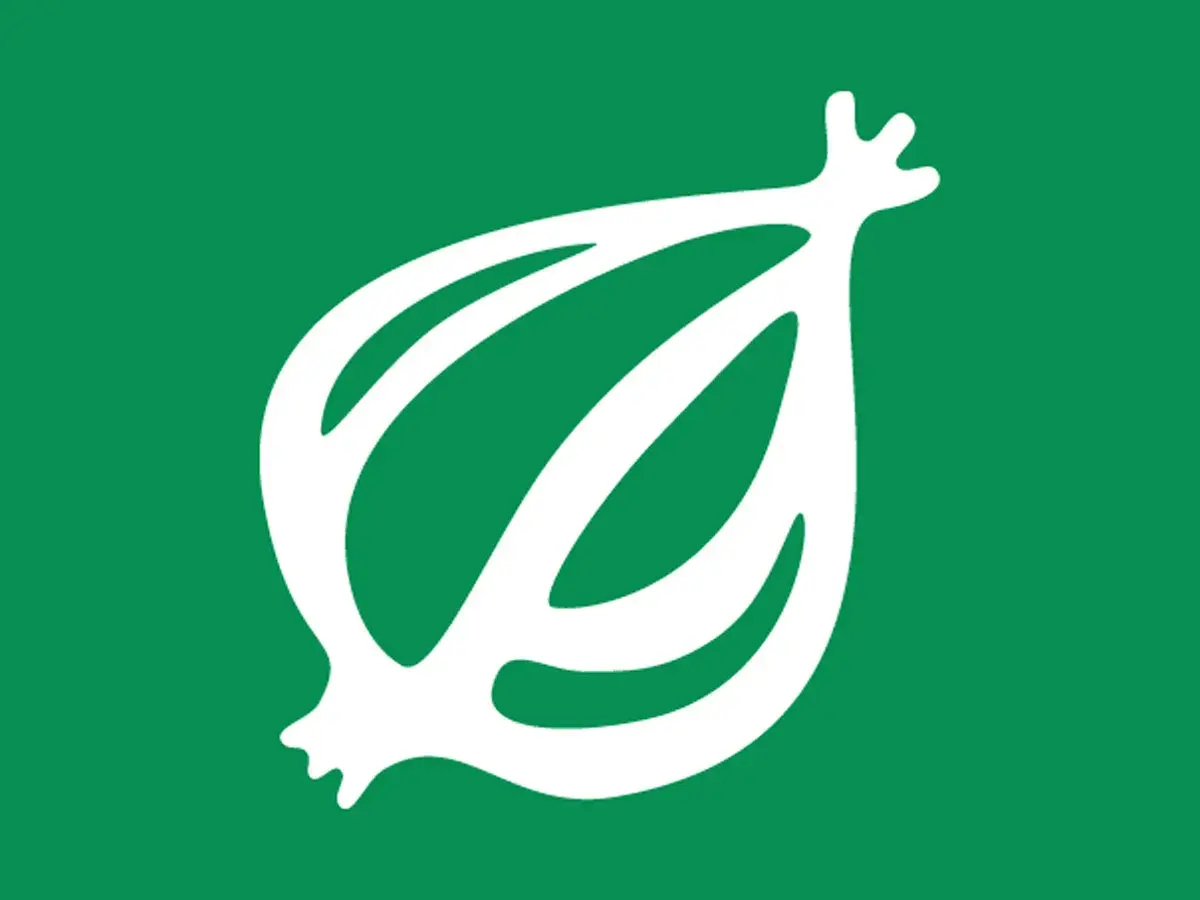

I haven’t watched, but assuming it’s good I’m guessing it’s idiots viewing the all feed and downvoting anything they’re not personally interested in.
It doesn’t help that the official Lemmy docs say downvote things you don’t like, which is only good guidance when you have an algorithm you’re training.
























I’m talking about people downvoting from all - if you’re seeing content from some niche or geographic community because you’re viewing all then downvoting something you’re not interested in is a dick move.